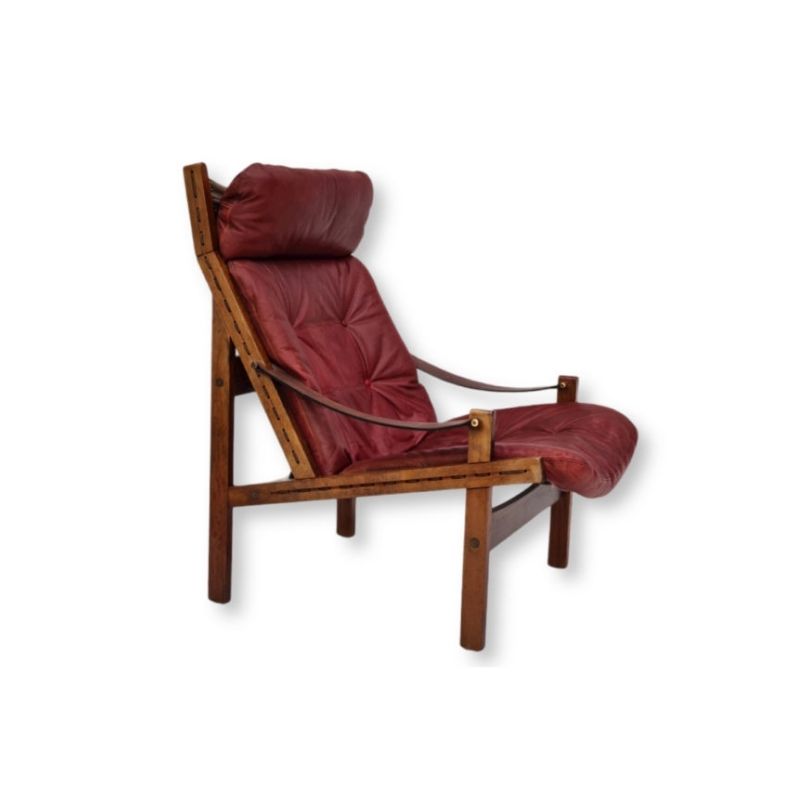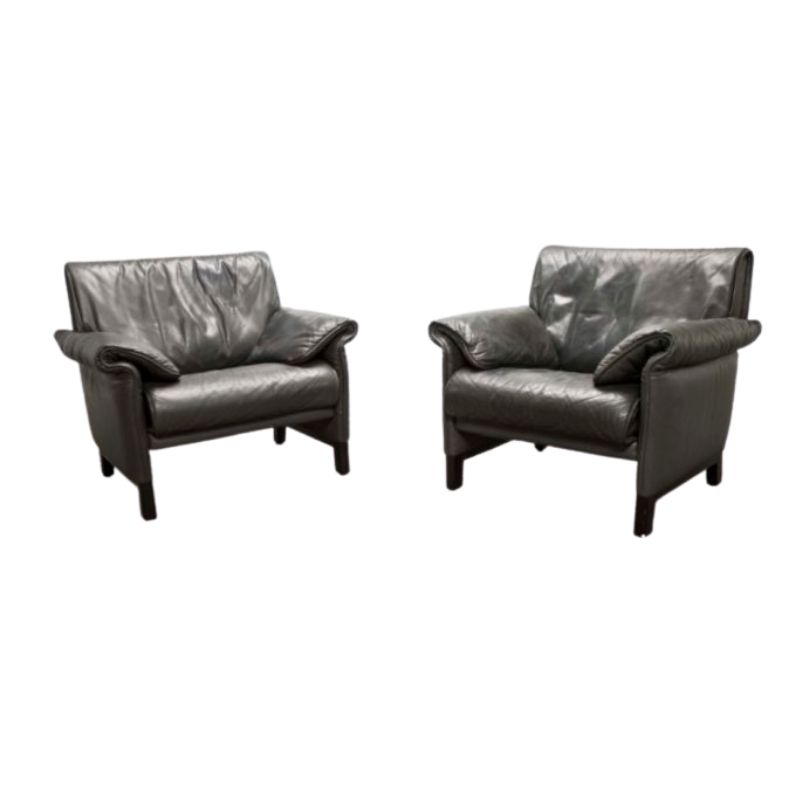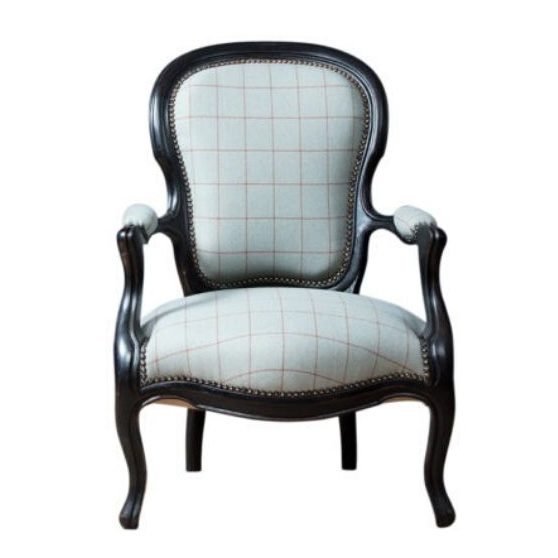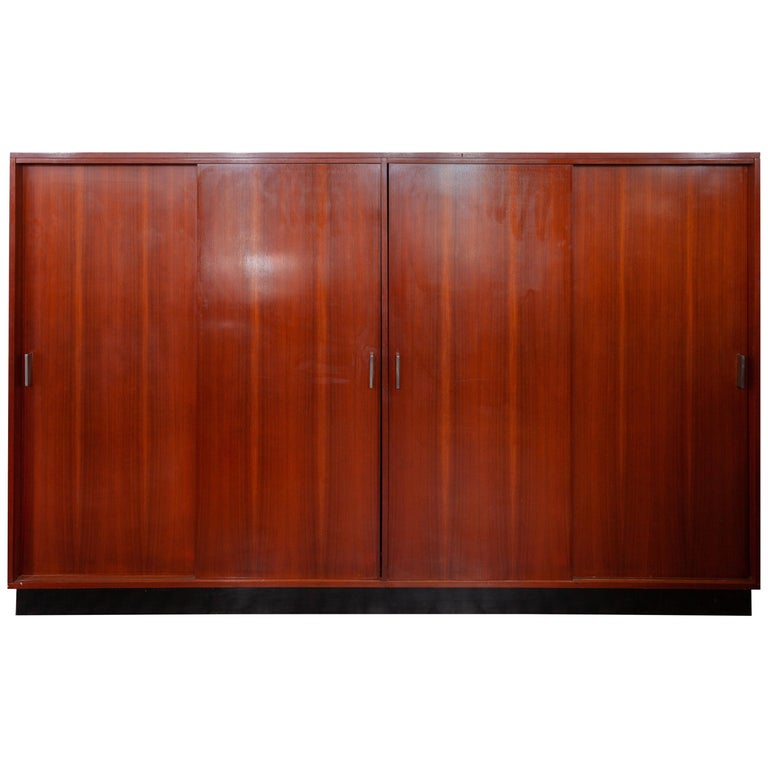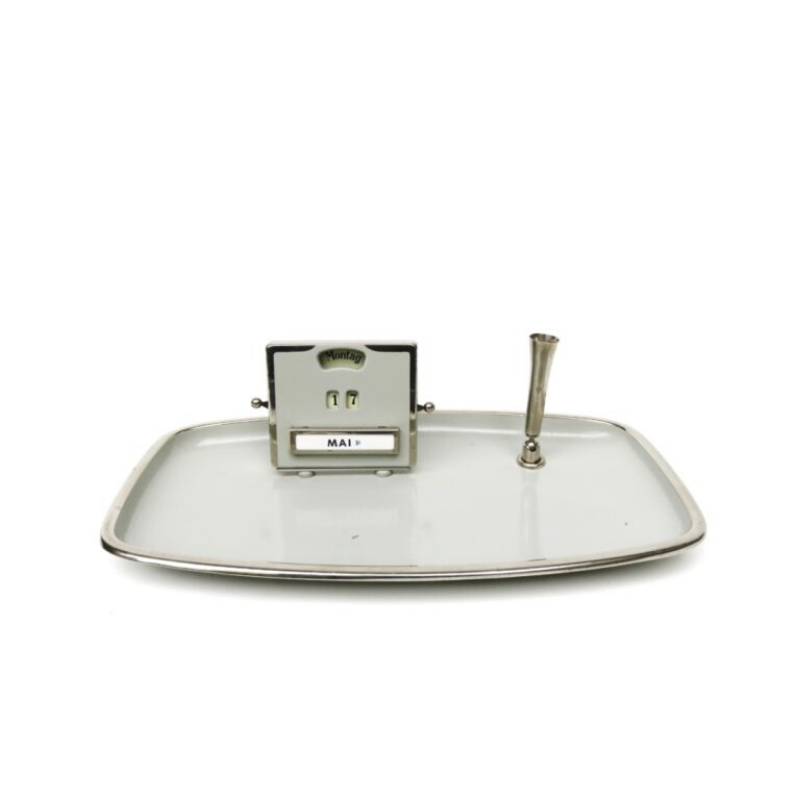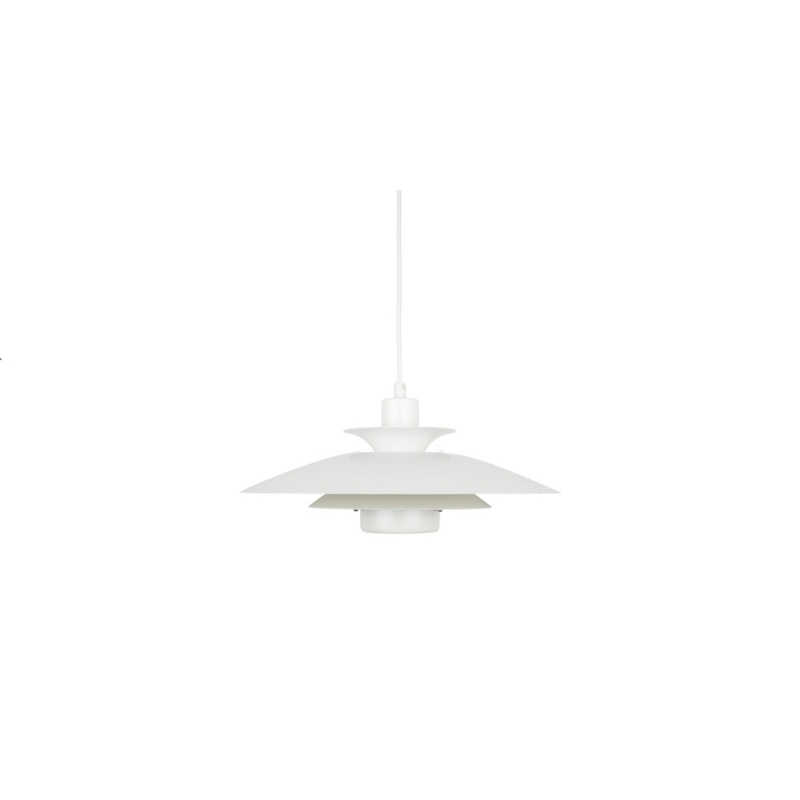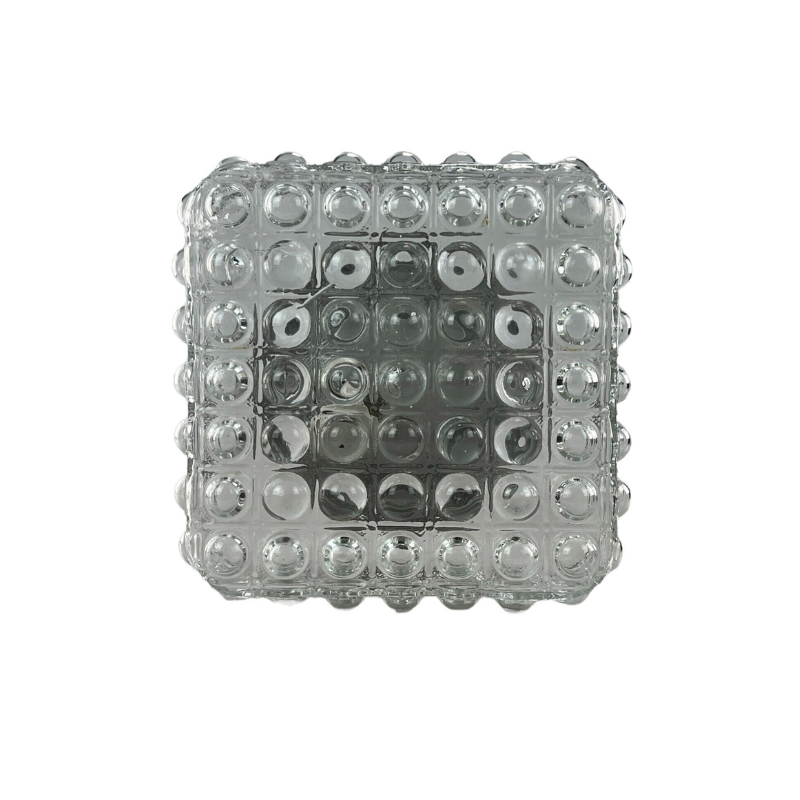strings
Looking at Gerrit's drawing with rope, I remembered a very widespread practice in some parts of the world since ancestral times: string games. Here a photograph of a Navajo that probably dates from the end of the 19th century.
There is a very large variety of patterns. Here are 3 examples:
These patterns could be the answer to the required function while answering also to the wish of having a more abstract element, less geometrical, which would contrast with the powerful base of the vase. These organized but irregular patterns have a natural aspect that would marry well with the greenery.
Of course, it would be necessary to harden them. Koen, is it possible to soak rope in porcelain, like others do with sponges, without obtaining an awfully fragile result ; -) ? If not the rope could perhaps be soaked in resin to harden it.
This is what it could look like (top view):
To be sure that the holes fit on the rods, one would just need to let the rope dry on a model with larger rods. The flexibility of the rope should make the handling relatively easy. Like this:
Hi Patrick...
Sorry for not drawing better...some days you know...
My intention was to leave enough space around it. In the meantime I have been working on some kind of way to do technically what Gerrit suggested, meaning random patterns. It is part of the fun to come to similar conclusions so...yes I could do one of these string patterns. On condition that I can curve it slightly (concave or convex would be the choice of the user because it is a loose piece). Many years ago I did a tableware line with three japanese "themes" one was garden pebbles,the second origami foulding and the third japanese knot patterns. The table grill plate was a cast iron piece with a japanese knot pattern...I am going to look for it..The pebbels are still part of our collection as a trivet. (see picture send seperately) I like the idea of actually making the string pattern (the way Marcel Wanders did it with his chair) and cast it in stoneware.
String!
I would just like to say that I am a marketing person...and have never whored a day in my life. 😉 Just wanted to get that out there in defense of those of us that work hard to discover what it is that people really want. Which is much of what marketeers do!
Not loving the scribbly organic-ness of the strung but I like the fact that you've all come around to the idea of flexible. Now just add some wire into the string, please.
Think...
I was going to tell Olive that there was not such a thing as "flexible ceramics" but just to be sure I Googled it and...Ta Taaa!
"....Using nanoscale chemistry, researchers at Cornell University have developed a new class of hybrid materials that they describe as flexible ceramics.
The new materials appear to have wide applications, from microelectronics and flowervases to separating macromolecules, such as proteins...."
The full story on the following link
http://unisci.com/stories/20021/0321026.htm
The NeoGraduate and morphing flexible ceramics
"Ben, the future is in flexible ceramics."--Mr. Robinson to Ben Braddock
Actually this does seem one of those remarkable breakthroughs in materials science.
What will really be cool is when they take conducting rubber (the stuff they make the buttons on a remote control out of) and mix it into the flexible ceramics itself as a matrix. Embed a computer chip and some teen batteries and the flexible ceramic product will be able to have light patterns programmed into it. Better yet, maybe they'll be able to figure out a way to literally make the flexible ceramic morph into a variety of programmed shapes, maybe even a randomized morphing routine. No, I don't know how electric current passing through flexible ceramics will be able to effect morphing, but what the heck? I'm having a P.K. Dick kind of a day. I'm therapeuting a little here.
I am not going to spend this bright spring day...
..on the vase but on the flowers to put into the vase...but just before doing that two topics that I have to get off my mind. The first is the reason behind the technical feasibility of a complex shape like the string/knots combination. Some have asked themselves why I would not be able to do a rather simple geometrical shape like the large loops proposed by Patrick, but have no problem with the complexity of his "random" string pattern. The answer is simply that I would not be able to un-mould a geometrical shape without getting deformations that would be seen right away as a production flaw. Whereas a random pattern would be equaly difficult to un-mould, if not more difficult, but nobody is able to see if some of the defromations are intentional or not. In other words every piece would be different (in spite of using a normal industrial production method) but there would not be a "standard" to compare it to...so, no rejects. I think this is an interesting aspect of design. To produce efficently and industrally and yet have a variety of results.
My second thought is about the process. I have no doubts about the fact that we are breaking some new ground in collaborating on a common project, disregarding previous experience, professional qualifications etc. I am also aware of the fact that it can notr be done without certain qualifications. Someone for instance has to give enough technical information to support both certain decisions and to motivate the development of alternatives. The qualification that I have not seen emerging is that of "designer". Up to now everything that has been shown and discussed would qualify as brainstorming, in other words throwing ideas on the table without too many restrictions on feasibility, market appeal etc. In a normal design process this stage would be not only important, it would also form the basis of further research in the anticipated reaction of the users to some of these proposals. Would the user put flowers on the out-side? How would we explain in a store that this vase offers that possibility? What about size? Do we have to make a series of different sizes in order to give this product enough visibility in the store (more sizes invites the store to show more vases and more shelf length means more sales) What would be the moste suitable proportions? (Low and wide like the Aalto vase requires a large number of flowers) Can it be done for a reasonable cost? (Normally production costs are multiplied by 4-5 by the distribution) But most of all: Thus it have an identity or a "Gestallt" as our German "Bruder und Schwester" would call it.
In the whole discussion around the involvement of users in the design process, little has been said about that aspect of the designer's particular skills of "creating" a synthesis that is more than the addition of the parts, and that almost by definition surpasses the concensus or the wishes of the user.
cont.
Bruce Archer called it the "design moment" the kind of coming together of all considerations, both cultural, technological and functional into soemthing that has an identity. I wonder if that is going to happen and if those amoung us that are professionals in design will be able around this stage of the process to absorb all the input and translate it into something that is feasible, and yet has the strength of character that will generate both relief (because the process is over) and the "Whow" that will express both approuval and surprise....
I am off to the flowers..
let's continue the...
let's continue the job!
koen, i understand your methodical approach but the most fun part is the brainstorming! so why not continue this brainstorm and not hurry too much to get to the final design. like i said; form, material, concept. to me the perfect form is the most important, not the use of scifi materials (in fact in my previous designs i always tried to avoid new materials and productionmethods; just to rule out future unknown problems). James' idea is also really nice; but then we must use a perfect archetype form where the only detail are the holes in it. a form similar to the one james drawed but perfectionised, and why not in glass? This said i also added a new drawing; a few nights ago is was also thinking of getting rid of the saucer and was thinking of slicing the vase...the next morning koen posted such a drawing! even though the man is twice my age he is faster!! so i tried to perfectionise his idea; the vase is now wider at the bottom and has a cross in the middle; this is the first 'divider', this cross does not go all the way to the top to stay 'invisible', also where the opening is; the cross is smaller so that it would not so obvious that the lower and upper part are connected. The colored freeform divider now shuffs over the vase, make more then 1 divider (with different diameters, so they are placed on different heights of the vase). So we create a 'flowertreevase'; like a tree; the trunk is the big middle, the vase that holds the water. the dividers are like branches. the top opening of the vase is quite small and serves just to put water in and just one big flower. as i did not wanted the dividers to have closed loops; thx to the use of at least 3 dividers upon each other 'loops' can be created. the vase in ceramic, the dividers in rapidprototyping material?
just a personal addition; since a year now i am following a ceramic course and the most important thing i learned is; it's quite difficult to obtain what you want; the clay (and glazing) are not so easy to control! it all comes down to 'testing'.
Click to enlarge!
James...
Did you draw that vase with the holes in it, or did you just put the holes in a Matisse or Picasso drawing? If you drew it, it works fabulously well as a piece of flat art. If you did it, you should think about being a painter, as well as a designer. I love the absolute simplicity of it.
You guys are amazing! Each...
You guys are amazing! Each day, it's a pleasure to discover the result of your inventive imagination. I am trying to make a new synthesis by trying to simplify the product. I tried, this time, to direct the rods (larger and hollow) towards the interior of the vase while directing them downwards. I then get an internal structure and the possibility to cross the walls of the vase with the flowers.
Sorry for the very bad drawing.
If you need any help, please contact us at – info@designaddict.com



